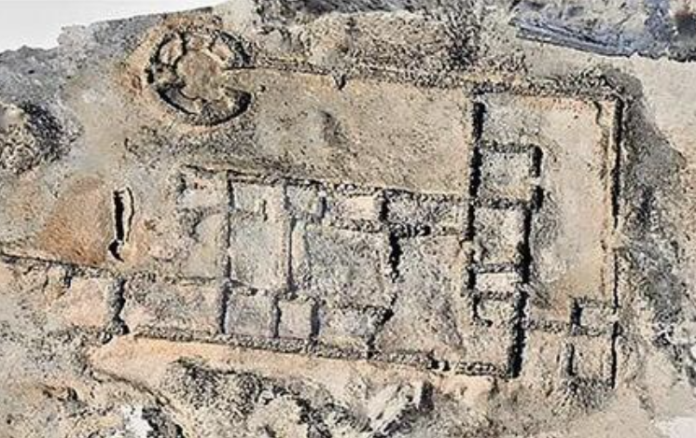Alright, history buffs, get ready for this one—archaeologists have finally unveiled the full site of Egypt’s legendary “Lost City of Gold”, a sprawling ancient settlement buried beneath the sand for a staggering 3,000 years. And let’s just say, the findings are nothing short of spectacular.
We’re talking about “Aten”, an ancient gold-mining powerhouse located near the Valley of the Kings in Luxor. First discovered in 2020, excavations wrapped up this week, revealing a remarkably well-preserved city that once served as Egypt’s main industrial and administrative hub during the reign of Pharaoh Amenhotep III (1391–1353 BC).
This place wasn’t just any old town—it was a “gold rush” in every sense, with mining facilities, workshops, and even religious temples sprawling across its ruins.
The site offers a rare glimpse into an era when Egypt was at the height of its power. Archaeologists uncovered gold-processing factories with sophisticated refining techniques, including quartz grinding, sediment filtering, and smelting in clay furnaces—essentially, an ancient assembly line for turning raw ore into pure gold. That gold likely adorned the tombs, temples, and jewelry of Egypt’s most elite rulers.
But Aten’s history doesn’t stop there. Despite being abandoned after Pharaoh Akhenaten (King Tut’s father) shifted the capital to Amarna in the 1350s BC, the city remained active for centuries. Artifacts recovered from the site span multiple historical periods, including the Roman (30 BC–639 CE) and Islamic (642–1517 AD) eras.
Among them? Over 600 fragments of inscribed pottery and stone, featuring hieroglyphic, demotic, and Greek scripts—suggesting Aten was a multilingual, multicultural hub long after its initial founding.
Other jaw-dropping discoveries include terracotta figurines, stone deity sculptures, and even bronze coins from the Ptolemaic dynasty (305–30 BC). And let’s not forget the five offering tables—stone slabs used for ritual gifts to gods or spirits of the dead—which provide crucial insight into the religious practices of Aten’s inhabitants.
The completion of the excavation marks a “major” milestone in preserving Egypt’s ancient mining heritage. Egypt’s Ministry of Tourism and Antiquities has hailed the project as a game-changer, paving the way for further research—and possibly public access to the site in the future.
So, what does all this mean? Well, aside from rewriting what we know about Egypt’s mining industry, Aten is giving us an unprecedented look at daily life in an ancient Egyptian city. Who lived there? How did they work? What did they believe? The inscriptions and artifacts left behind might just hold the answers.
For now, one thing is clear—after thousands of years buried beneath the desert sands, the “Lost City of Gold” is finally ready to shine.




